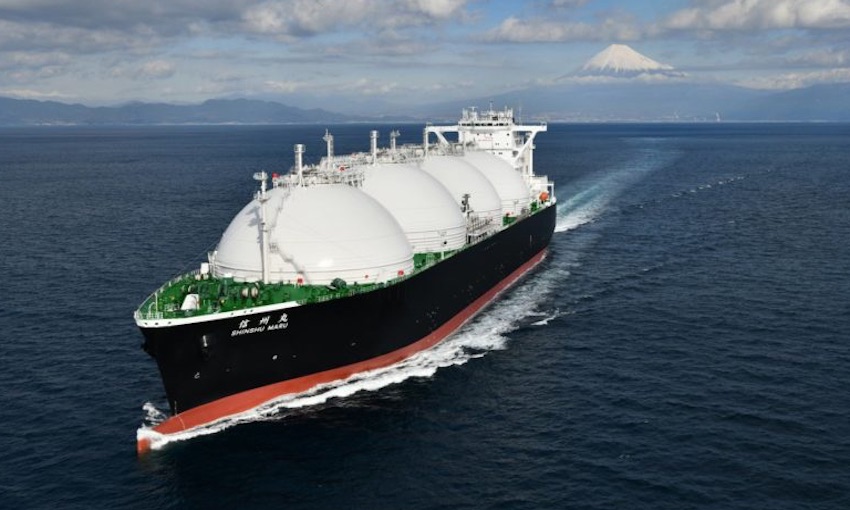A REPORT suggests deficiencies in international government projects and policies are holding back investment in the shipping infrastructure needed to support the global energy transition.
The report, Shipping’s Role in the Global Energy Transition, suggests there is a gap between the low-carbon projects governments have announced and the projects needed for the transition.
The International Chamber of Shipping commissioned the report. United Kingdom-based Tyndall Centre published it on Tuesday (15 November).
The report said government projects already announced will only produce 24 million tonnes of low-carbon hydrogen by 2030, while the world needs between 50 and 150 million tonnes by 2030.
International Chamber of Shipping secretary general Guy Platten said the industry’s role in global decarbonisation involves transporting new green fuels.
“But for us to invest, governments need far stronger policies to de-risk green hydrogen production,” Mr Platten said.
“National hydrogen strategies must include an explicit focus on supporting the transport infrastructure needed for both imports and exports.
“Industry is ready to respond but we urgently need stronger market signals and infrastructure investment to make this a reality.”
The report found sea-transport of ammonia and bioenergy in the coming decades could match the scale of current gas and coal shipments but would require around 20 new ammonia carriers each year.
It noted a two-to-three-year timeline for constructing new vessels, and that the shipping industry needs certainty on hydrogen production as soon as possible to justify the necessary investments in new infrastructure.
Report co-author Alice Larkin said the shipping sector’s role in transporting green fuels would help the world meet Paris Climate Agreement goals.
“But production of green fuels must be scaled up – there is a yawning gap between current plans and what is needed to meet the Paris goals,” she said.
The Tyndall Centre report outlined considerations for government policy to better enable investment.
It suggested introducing mandates for increasing percentages of green hydrogen, creating “production credits” for the production of hydrogen, or providing guaranteed markets and prices for producers and consumers.
The United States, Germany and India are trialing these measures, according to the report.





